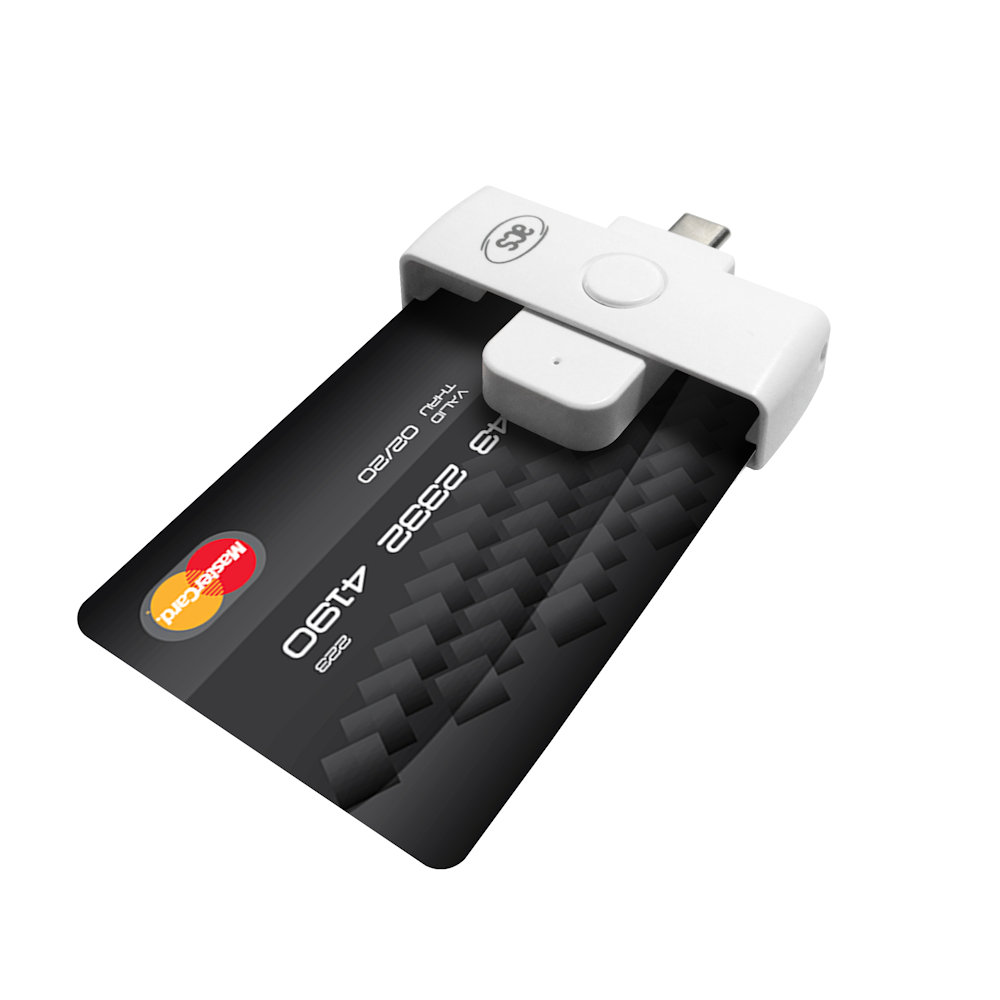
%FabrikamCardDeviceName%=FabrikamVendor64_Install,SCFILTER\CID_51FF0800 FabrikamVendor Smartcard Minidriver for an x86 and 圆4 based package.ĬlassGuid= Note To avoid problems with deployments, it is strongly advised to test your driver package on clean installations of all targeted operating systems prior to submitting the driver package to Winqual. This INF file is decorated for installation in X86 and AMD64 CPU platforms. The following is a sample INF file for smart card installation in Windows 8 and earlier versions of Windows.

The device ID can then be found by looking at the “Hardware Ids” property of the smart card device in Device Manager. Note To determine the device ID that Windows generates for a smart card, the recommended approach is to insert the smart card in a smart card reader that is attached to a computer that is running Windows 7 or later versions of Windows. These processes result in the generation of a unique device ID for the smart card.

Presence of a GIDS (Generic Identity Device Specification) application with Microsoft Generic Profile on the card which will be paired with an inbox driver.įor more detailed information on the smart card discovery process for Plug and Play and Winscard, see Smart Card Discovery Process.Presence of a PIV application on the card which will be paired with an inbox driver.Presence of the Microsoft Plug and Play AID application with a list of GUIDS in tag 0x7F68.For more information about ATR historical bytes, see section 8 of the ISO/IEC 7816-4:2005(E) standard. The device ID that Windows generates to locate the driver on Windows Update depends upon the following factors: Otherwise, the masked ATR values from the card and the registry do not match and the pairing fails.īeginning with Windows 7, the first time a smart card is inserted into a card reader triggers Plug and Play events that result in a search for an appropriate minidriver on the Windows Update site. The smart card ATR value that is stored in the registry should be the expected value after the ATRMask has been applied to an ATR read from a smart card. Smart card ATR and ATRMask values must be carefully chosen to avoid the erroneous pairing of a minidriver with a smart card. If the two ATR values match, stop processing and pair the corresponding minidriver with the smart card.Compare the masked ATR value to the ATR subkey value that is stored in the registry.Apply ATRMask subkey value that is stored in the registry to the ATR that was acquired from the smart card.Iterate through entries in the HKEY_LOCAL_MACHINE\SOFTWARE\Microsoft\Cryptography\Calais\SmartCards registry key and do the following:

The operating system follows these steps to pair a smart card with an already installed minidriver:


 0 kommentar(er)
0 kommentar(er)
